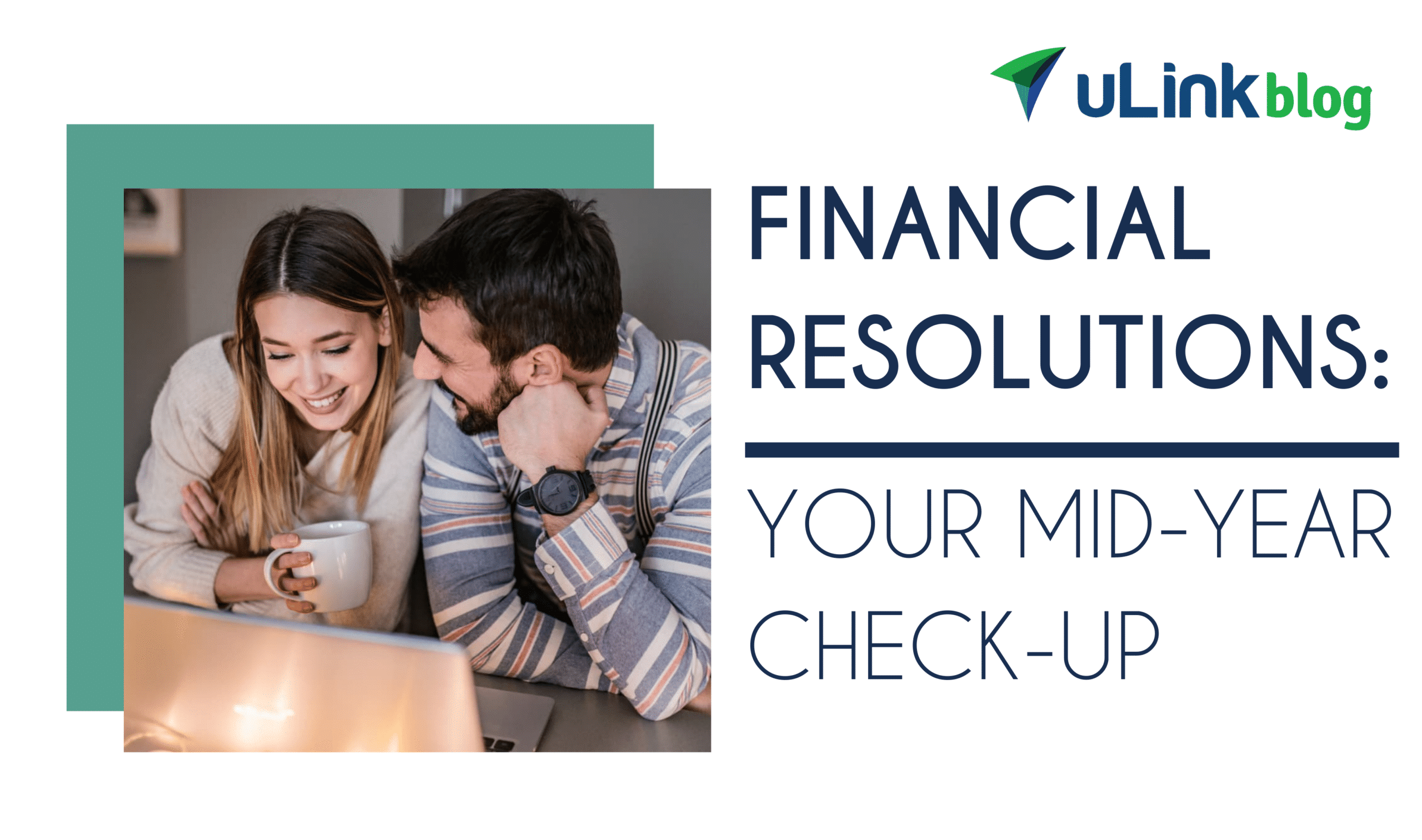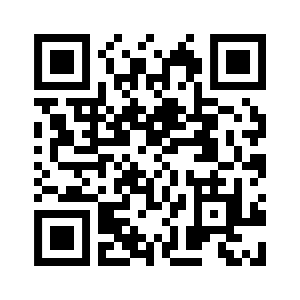
It’s easy to dream on January 1st.
By July 1st, however, it gets harder to actually fulfill your long-term financial goals.
That’s why it’s important to have a summer check-up. As part of your mid-year assessment, it’s time to look back at your financial resolutions and ask: how well am I meeting my goals?
If you don’t like what you find, don’t be discouraged. You still have six more months to follow-through on your financial goals for 2021. That’s more than enough time to not only get back on track for the year, but to make a real impact on your long-term financial wellness.
Here are three great ways to achieve your financial goals in 2021:
1. Reinforce Your Budget (And Cut Costs)
You knew it was coming: the dreaded ‘B’ word.
Budgeting can feel like a constraint, but it’s the framework that provides lasting financial freedom. If you can construct a good budget and stick to it, you can stay financially solvent and routinely accomplish your short and long-term goals.
Now that the first half of 2021 is in the books, take a moment to grade how well you’ve adhered to your budget. Are you on track and living within your means? Are there particular areas where you consistently overspent the most?
Or, if you have followed your budget (congrats!), are there ways you can make it even better?
To keep progressing, look at your subscriptions/memberships and consider canceling any services you’re not regularly using. You can also take steps to renegotiate your cable and internet bills and even your monthly rent (which has become more commonplace over the last year).
Don’t have a budget? No worries. If you’re curious about how to start, lean on simple, easy-to-use technology to help save time and money.
Here are some great apps to consider downloading:
PocketGuard: By tracking your credit cards and checking/savings accounts, this free app subtracts your expenses from your income and creates custom categories for each area of spending. You can even export the data into detailed spreadsheets!
Click here to view the PocketGuard website.
You Need a Budget (YNAB): Want to get specific? With YNAB, you can create custom budgeting plans for every dollar you earn, so you can quickly reduce outstanding debts and maximize your savings.
Click here to learn more!
The numbers don’t lie. Budgeting works because it makes you take ownership of your financial situation and instill structures that fight against overspending.
2. Automate Your Savings
Let’s be honest: talking about saving money is one thing, but successfully doing it is another.
As we near the end of the pandemic, it can be especially hard to save money.
Consumer spending is rapidly increasing, and who can object to that? After being isolated for months, people want to enjoy themselves.
It’s undeniably important to have fun, but given these extraordinary times (what some liken to “the end of Prohibition”), it’s even more important to renew your commitment to saving money.
One great way to do that is by automating your savings — so you can put money away without even thinking about it.
By automating your savings, you instantly reroute part of your paycheck to your investment and savings accounts (like your IRA or mutual funds), or your employer’s 401(k) or 403(b) plan.
It’s part of the tried and true “pay yourself first” strategy, and it works. Why? Because it’s much harder to spend money after you’ve already saved it.
Thanks to modern technology, you can open an automatic savings plan in a matter of minutes.
Beyond your paychecks, you can also leverage mobile apps to help increase your savings. Check out Acorns and Digit to start saving on everyday purchases.
Want to know how much they can help? In 2018, apps like these helped consumers save over $5 billion.
3. Improve Your Credit Score
Here’s the good news: the number of Americans who paid off their credit card balances hit an all-time high at the end of 2020.
On the other hand, that was only about 35% of the population, so there’s room for improvement.
Credit scores are a great indicator of one’s financial health and commitment to fiscal responsibility. They chiefly rely on the ability to eliminate outstanding debts.
In the words of Oscar Wilde, “A man who pays his bills on time is soon forgotten.” When it comes to finances, it’s good to be forgotten (and left alone by collections agencies).
As you enter the second half of the year, take a moment to check your credit score. If your bank doesn’t provide you that information, you can get a free report from AnnualCreditReport.com.
If your score has improved since January, well done! If your score has gone down, there are a number of ways you can boost it:
- Set up automatic payments to ensure your monthly statements are paid on time.
- Keep your credit usage as low as possible — and ideally under 30%. According to Rod Griffin, the Director of Public Education at Experian, “Exceeding (30%) will have a significantly negative impact on credit scores. The lower a person’s utilization rate, the better from a scoring standpoint.”
- Track down and pay outstanding bills that may be negatively affecting your score. If any of these are medical bills, follow these steps to dispute them (and potentially get them removed from collections).
- If you see any errors on your credit report, it’s your legal right to correct them. Take steps to tell the credit reporting company about the wrong information and/or openly dispute an item.
A good credit score is a great pathway to financial freedom. When you make big-ticket purchases (like on a car or a home), an above-average to high score will help you save significantly on interest rates. And when you buy car insurance, a high credit score can also help reduce your premiums.
Or, if you are currently renting, a good credit score will increase the range of your housing options by making your financial profile more appealing to landlords.
Getting Started
You have enough to worry about. Beyond your own financial life, you’re actively invested in helping your loved ones make ends meet.
At uLink, that’s why we focus on providing great exchange rates and fees starting as low as $0.
Plus, after your 1st, 2nd, and 5th transactions, we’ll send you a $10 gift card to use at your favorite retailers. That’s $30 in gift cards after your first five transactions with uLink.
Miles from home — just moments away with uLink.









